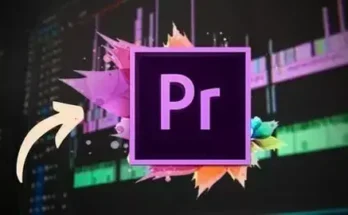MP4, 970 kbps, 864×486 | English | MP3 128 kbps, 2 Ch, 44,1 Khz |4h09min | PDF + GP5 | 1.95 GB | Instructor: Brad Carlton
One of the most effective melodic tools is the use of neighbor tones. This concept involves lower and/or upper neighbor tones which are used to approach a target note. These neighbor tones may be diatonic and/or chromatic. Not only is this technique powerful way to embellish basic melody, but it is also an effective way to break out of the pentatonic/mode rut that so many guitarists fall into.
If you compare guitarists to horn players and piano players, you will readily see that guitarists learn to play rhythm and then move into lead. Rarely do they play melody as horn and piano players do from day one. Hence, this concept of playing a melody and embellishing it with neighbor tones is not a typical part of a guitarist’s vocabulary.
This course will present what I term “sonic snapshots” to aid you in identifying typical harmonic and melodic moves. You will learn to view arpeggios in all three inversions with a one note-per-string layout on the fingerboard. These will be your point of reference for applying lower and upper neighbor tones. These lessons will cover 2, 3, 4, and five note patterns which you will apply over the jam tracks that are included in this course.
[toggle title=”Home page”]https://goo.gl/L6LPUJ[/toggle]

http://alfalink.to/a3530a3c4ed7dfb3f7ab
Please REPORT in Comment Broken Links




